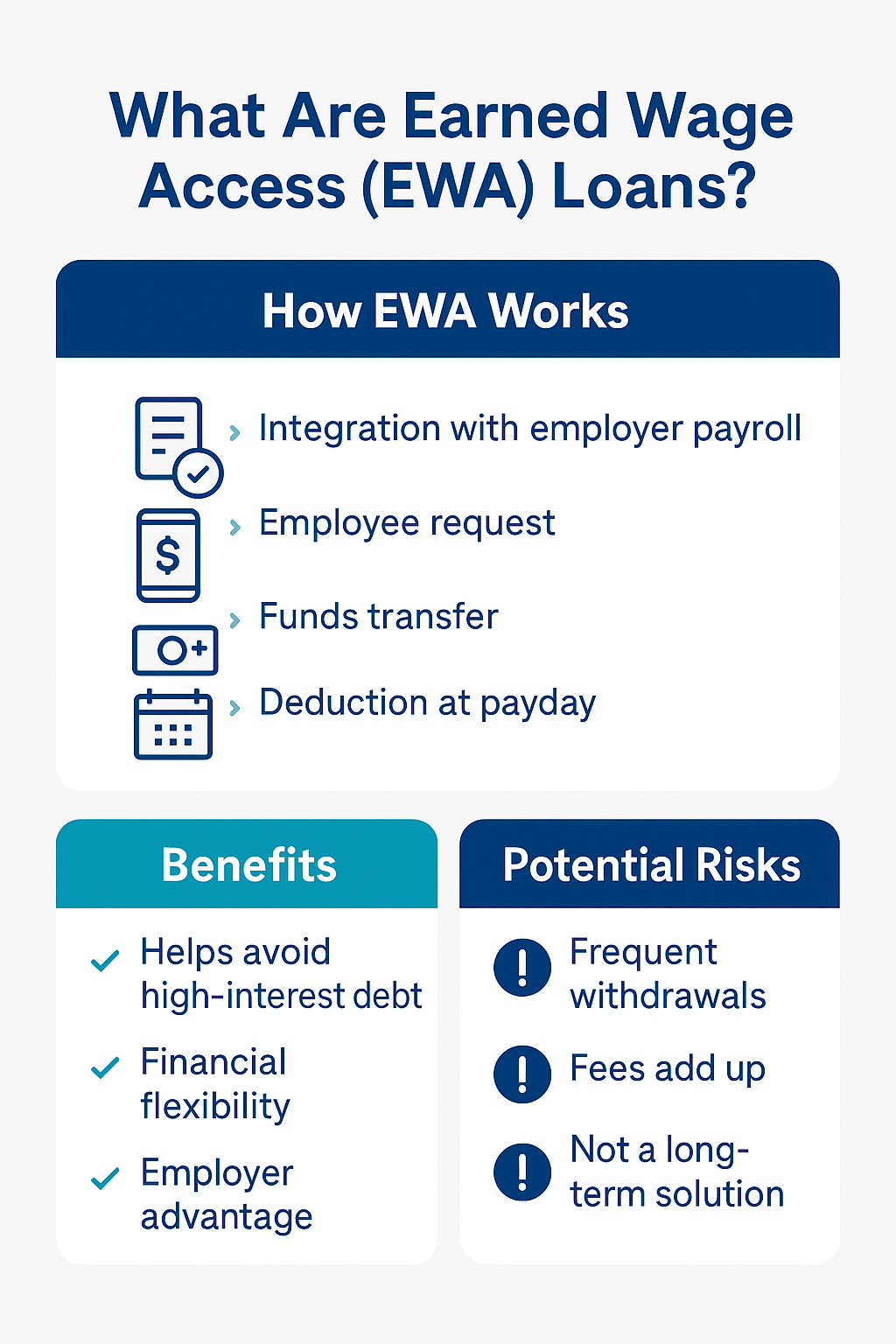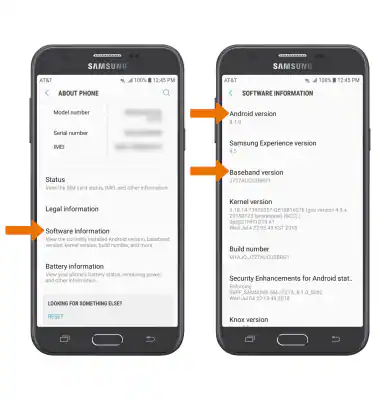In the hyper-competitive world of social applications, the user’s journey—what we internally call the “user saga”—is everything. It’s not just about logging in and posting a update; it’s a complex, non-linear narrative involving profile curation, content discovery, real-time interactions, notifications, and community building. A single bug can break the narrative flow, leading to frustration, negative reviews, and churn.
Our project, codenamed “Project Nexus,” was the development of a new, integrated social platform. The complexity was staggering: a single action by a user could trigger a cascade of events across the system. Manually testing every possible pathway was an impossible task, a veritable social media saga SilkTest of its own, doomed to be slow, error-prone, and insufficient. We needed an automation champion, a tool that could not only keep up with our complexity but also enhance our development velocity. After a rigorous evaluation, we found our solution in Micro Focus SilkTest.
Here are the five compelling reasons why SilkTest was the perfect fit for ensuring the quality and reliability of our ambitious platform.
Reason 1: Unmatched Handling of Dynamic and Complex UI Elements
The most immediate challenge we faced with our social media saga SilkTest was the sheer dynamism of the user interface. Modern social media feeds are not static pages; they are living entities. Content loads asynchronously, elements appear and disappear based on user interactions (likes, shares, comments), and real-time notifications pop up without a page refresh. Traditional record-and-playback automation tools, which rely on fragile, static object identifiers, simply shatter when faced with this environment.
The SilkTest Difference: Object-Based Recognition
SilkTest approaches this problem with a sophisticated, object-based recognition engine. Instead of relying solely on easily changed properties like HTML IDs or XPaths, SilkTest identifies UI elements based on a holistic set of properties, including their class, hierarchy, and contextual relationships. During the development of our project, this capability was nothing short of revolutionary.
A Concrete Example from Our Experience:
Consider a core feature: the “infinite scroll” feed. As a user scrolls, new posts are loaded dynamically. Each post has a “Like” button. A naive automation script might try to find the fifth “Like” button on the page. But what happens after the first five posts are liked, and new posts load? The index of the buttons changes, breaking the script.
We defined these post containers in SilkTest as reusable objects. Our test scripts would then interact with these logical object definitions. The script isn’t saying “click the fifth button”; it’s saying, “within the third post container in the current view, click the like button.” SilkTest‘s engine intelligently finds the correct element at runtime, regardless of its absolute position on the page or in the DOM tree. This object-oriented approach created a layer of abstraction between our test logic and the UI, making our test suites incredibly resilient to the minor cosmetic and structural changes that are inevitable during active development.
This robustness meant that our QA engineers spent less time fixing broken scripts after each sprint and more time developing new, meaningful test cases, dramatically accelerating our testing cycle for the entire social media saga SilkTest.
Reason 2: Robust Data-Driven Testing Capabilities
A social platform is meaningless without data. Testing with a single, static set of user credentials and sample content is a recipe for disaster. It fails to account for the immense variety of real-world scenarios: different user roles (standard users, moderators, administrators), different content types (text, images, videos, links), and different interaction patterns.
Our social media saga required validation of countless permutations. What happens when a user with 10,000 followers comments on a post made by a new user? How does the system handle a video upload from a slow network connection? We needed to simulate real-life load and diversity.
The SilkTest Difference: Seamless Integration with Data Sources
SilkTest has powerful, native data-driven testing (DDT) capabilities. It allows you to externalize test data—usernames, passwords, post content, search terms, file paths—into separate files like CSV, Excel, or databases. A single test script can then be executed multiple times, each iteration pulling a new set of data from the source.
Implementation in Project Nexus:
We created a central test data repository. For a core test case like “Create a new post and verify its appearance in the feed,” the script was written once. The data file contained dozens of rows, each with different variables:
- User Credentials:Different combinations to test permissions.
- Post Content:Text of varying lengths, special characters, emojis, and links to different file paths for images and videos.
- Privacy Settings:Public, Friends-Only, Private.
The test script would loop through each row, performing the actions with the unique data set. This approach yielded several critical benefits:
- Maximum Test Coverage:One script executed dozens of unique test scenarios, ensuring broad coverage with minimal code duplication.
- Maintainability:When we needed to add a new test scenario, we simply added a new row to the data file instead of writing a new script from scratch.
- Clarity and Reusability:The separation of test logic from test data made the automation framework cleaner and easier for new team members to understand and contribute to.
By leveraging data-driven testing, SilkTest enabled us to thoroughly vet the complex data interactions that form the core of any modern social media saga SilkTest, ensuring reliability across a vast spectrum of user inputs and scenarios.
Reason 3: Powerful Recovery Scenarios for Unpredictable Environments
Let’s be honest: tests fail. Sometimes it’s due to a genuine bug. But often, in a complex, networked application, failures occur for environmental reasons: a temporary network latency spike, a slow server response, or an unexpected pop-up from a third-party integration. In a long-running test suite that simulates a multi-step social media saga, a single environmental hiccup can cause the entire suite to abort, leaving the remaining 90% of tests unexecuted.
This was a significant pain point in our initial testing efforts. A test run that was supposed to take two hours would fail after twenty minutes because of a one-second timeout, wasting precious CI/CD resources and leaving us with incomplete results.
The SilkTest Difference: Proactive Error Handling
SilkTest introduces the concept of “Recovery Scenarios.” These are predefined scripts that are triggered automatically when a specific error condition occurs. Instead of the test suite crashing, the recovery scenario executes, attempts to bring the application back to a known state, and allows the test suite to continue.
How We Leveraged This for Resilience:
We designed a library of recovery scenarios tailored to our application’s common failure points:
- Unexpected Dialog Box:If a “Connection Lost” dialog appeared, the recovery script would click “Retry” and wait for the application to reconnect.
- Application Not Responding:If a particular page load timed out, the scenario would capture a screenshot for evidence, log the error, then navigate back to the home screen and proceed with the next test.
- Object Not Found:Instead of failing immediately, a recovery scenario would wait for an extended period (handling slow loads) and then retry the operation before finally logging a definitive failure.
This transformed our automation stability. Test suites could now run unattended for hours. If a non-critical error occurred, SilkTest would handle it gracefully, log it, and move on. This gave us tremendous confidence in our overnight regression runs. We were no longer testing just the application’s functionality but doing so in a way that mirrored a user’s patience and ability to recover from minor glitches. This resilience was critical for validating the seamless flow of our user-centric social media saga SilkTest.
Reason 4: Seamless Integration into our CI/CD Pipeline
In today’s Agile and DevOps world, speed is paramount. Quality assurance cannot be a gate at the end of a sprint; it must be an integrated, continuous activity. Our development team was committing code multiple times a day. We needed a way to get immediate feedback on the quality of each build without manual intervention. The goal was to “shift left,” incorporating testing early and often.
The SilkTest Difference: Command-Line Execution and CI-Friendly Reporting
SilkTest is built for this modern paradigm. Its test execution engine can be fully operated from the command line, and it seamlessly integrates with all major CI/CD tools like Jenkins, Azure DevOps, and Bamboo. Furthermore, it can generate test results in standard formats (like JUnit XML) that these tools can easily parse and display.
Our Automated Workflow:
We established a fully automated pipeline:
- A developer commits code to the repository (e.g., Git).
- The CI server (Jenkins, in our case) triggers a new build.
- After a successful compilation, Jenkins automatically deploys the new build to a dedicated test environment.
- Jenkins then executes a command to trigger the relevant SilkTesttest suite via the command line.
- The SilkTestsuite runs against the new build, testing critical smoke and regression scenarios.
- Upon completion, SilkTestgenerates a detailed report and an XML summary.
- Jenkins ingests this report, providing a pass/fail status directly in the build job. If any tests fail, the build is marked as unstable, and the development team is notified immediately.
This integration was a game-changer. It transformed our QA process from a periodic, manual event into a continuous, automated feedback loop. Developers received near-instantaneous feedback on their changes, catching regressions early when they are cheapest and easiest to fix. This continuous validation was essential for maintaining the high velocity of development required for our complex social media saga SilkTest without sacrificing quality.
Reason 5: Scalability for End-to-End Journey Testing
Finally, we come to the most holistic reason. Many tools can automate individual test cases, but few can elegantly scale to orchestrate and manage the testing of complete, end-to-end user journeys. Our platform’s value proposition was the interconnectedness of features—the saga itself. We needed to test not just isolated functions but lengthy, multi-step workflows that mirrored real user behavior.
The SilkTest Difference: Modular Framework Design and Reusability
SilkTest, especially when using the 4Test language, encourages a modular, framework-based approach to automation. This means you can build a library of reusable functions that represent common actions.
Building the Saga, Block by Block:
We didn’t write a single, monolithic script for “User Onboarding Saga.” Instead, we built a library of keywords:
- Login(userName, password)
- CreateTextPost(postContent)
- CommentOnPost(postIdentifier, commentText)
- SharePost(postIdentifier)
- EditUserProfile(profileField, newValue)
An end-to-end test scenario, like “A new user signs up, creates a post, receives a comment from another user, and then edits their profile,” became a clean, readable script that simply called these reusable functions in sequence.
This approach offered monumental advantages:
- Maintainability:If the “Login” screen changed, we only had to update the Login() function in one place, and all test scripts that used it would automatically inherit the fix.
- Collaboration:Multiple QA engineers could work on different modules simultaneously without creating conflicts.
- Readability:The high-level test scripts were essentially plain English descriptions of the user journey, making them easy for business analysts and product managers to understand.
- Scalability:Adding a new end-to-end scenario was often a matter of assembling existing functions in a new order, dramatically reducing development time.
This ability to scale from testing a single button to orchestrating a 20-step user narrative made SilkTest an indispensable partner. It wasn’t just a testing tool; it was a platform for modeling and validating the entire user experience of our social media saga SilkTest.
Conclusion: A Partnership for Quality
Selecting an automation tool is one of the most critical decisions a software team can make. It is a long-term partnership. Our journey with Project Nexus was fraught with technical complexity and tight deadlines. SilkTest proved to be more than equal to the task.
Its robust object recognition handled our dynamic interface, its data-driven testing ensured comprehensive coverage, its recovery scenarios provided unmatched resilience, its CI/CD integration enabled a true DevOps culture, and its modular design allowed us to scale our automation efforts to match the ambition of our application.
By choosing SilkTest, we moved from fearing our regression cycles to relying on them. We transformed quality assurance from a bottleneck into a catalyst for rapid, confident development. For any team embarking on a project of similar complexity—be it a social network, an enterprise application, or any other software saga—the power, resilience, and integration capabilities of SilkTest make it a compelling choice that can truly elevate the quality and reliability of the final product.








Comments 1